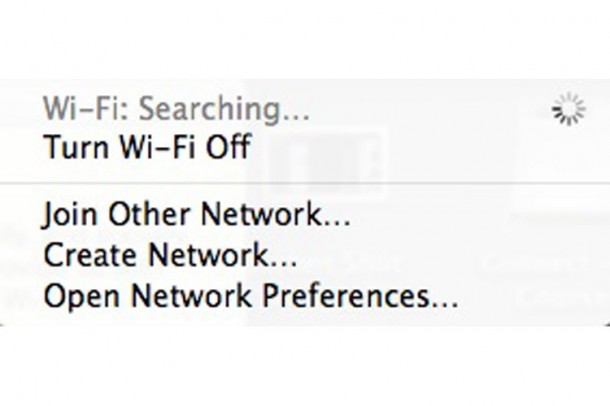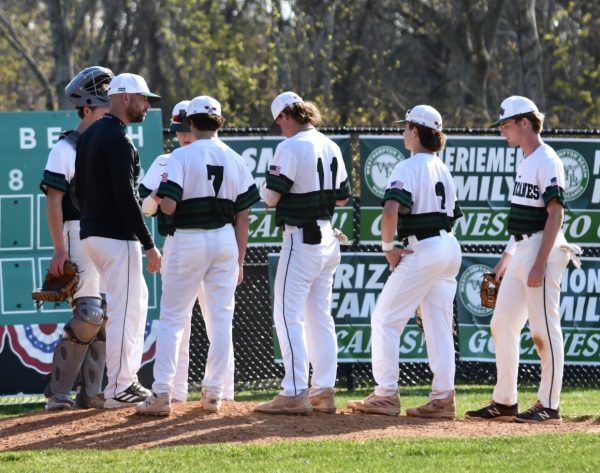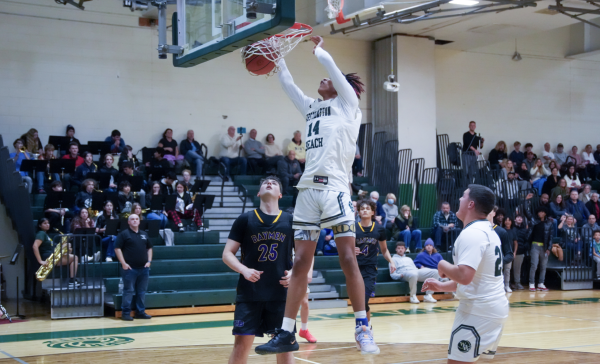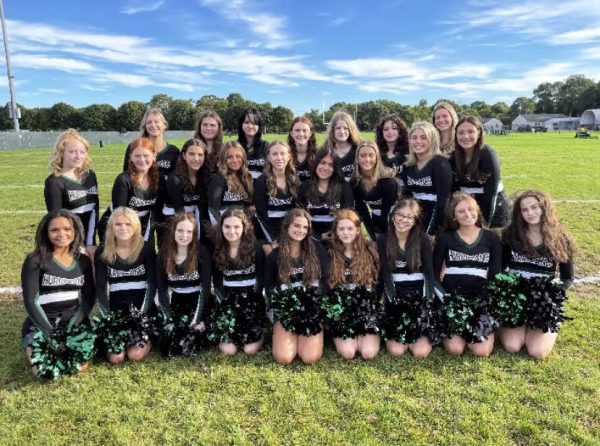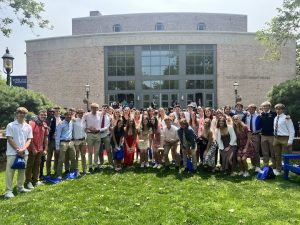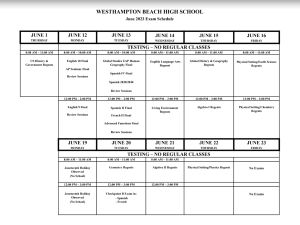Error: Failed to Connect
A new school year means many things to students, such as a fresh start academically, emotionally, and socially. We eagerly look forward to improvements in our school and lives, and hope the upcoming year will provide us with better experiences than the last. However, this year has been significantly different: the high school’s Wi-Fi was changed around notably.
Last year’s students will remember that there were no real problems connecting to the Wi-Fi, with the exception of the NWEA assessments. Connecting to the Wi-Fi was easy and stress-free. But as we fast-forward to the present, many students and faculty are experiencing problem after problem with the Internet, causing headaches and unnecessary stress in many classrooms.
Most students had the same thing to say about the Wi-Fi: “It’s annoying,” “It’s a problem,” “I can’t get any work done during class,” “It’s aggravating and very stressful,” and, most frequently, “It doesn’t work.” Some are very outraged at the Wi-Fi outage, while others are more understanding about it. “There’s a slow connection and everyone’s annoyed. Nobody likes it,” said junior Jackie DeVito. “In a perfect world, we’d have Wi-Fi all the time, but I think with the amount of kids we have and the data we use, problems are inevitable,” said senior Kat Fucigna. “Because of the technology initiative, we don’t know how to rely on pen and paper,” stated senior Brianna Derevjanik.
“We have approximately 2,000 wireless devices that can be connected to our network at any given time. In the high school, there are currently 1,400 laptops assigned to students,” said Matthew Ramsay, the district’s Network and Systems Administrator. “ Because of the high number, it only made sense to upgrade the Wi-Fi’s bandwidth. “Last year, we were constantly maxing out our connection, and as a result, the Internet occasionally performed slowly for some users,” continued Mr. Ramsay. Last year’s bandwidth was 100 megabits per second; this year’s bandwidth has been tripled to 300 megabits per second. An increase in megabits allows for more devices to access the Internet with ease throughout the day.
“There’s no secrets, we’ve certainly hit some complications with the connectivity in the beginning. Some teachers had problems, some students had problems. Some teachers would email me, ‘I haven’t had a problem. I’m totally good to go. Everything’s fine.’ Same thing with students, but we want everybody, or we wanted everybody to have that: open up your laptop and connect,” stated high school Principal Christopher Herr. “So I think what happened with the new configurations that we have, the AirHive access points, there was something missing. There was obviously some disconnect, something that we have been working on for the past few weeks with Mr. Ramsay, trying to fix the glitches, and I think as of today (September 23rd), we’re good to go.”
As we’re approaching the first five-week marking period, the problems seem to be scaling back. The Wireless Access Points (also known as “AirHive” points), which are seen in every classroom, seem to be working much better than during the first week. Throughout the past two weeks, the Internet was, yet again, changed around slightly, requiring each grade level to connect to their specific servers on specified days: “HS9” for freshmen last Tuesday, “HS10” for sophomores last Wednesday, “HS11” for juniors on Monday, and “HS12” for seniors on Tuesday.
Given time, all of the Wi-Fi problems will be a distant memory. All students and faculty will be able to connect to the Internet without the problems and stress levels experienced during the first few weeks.

Lucy is a senior at WHBHS and is thrilled to be contributing to The Hurricane Eye for her fourth consecutive year. She spends most of her time competing...

